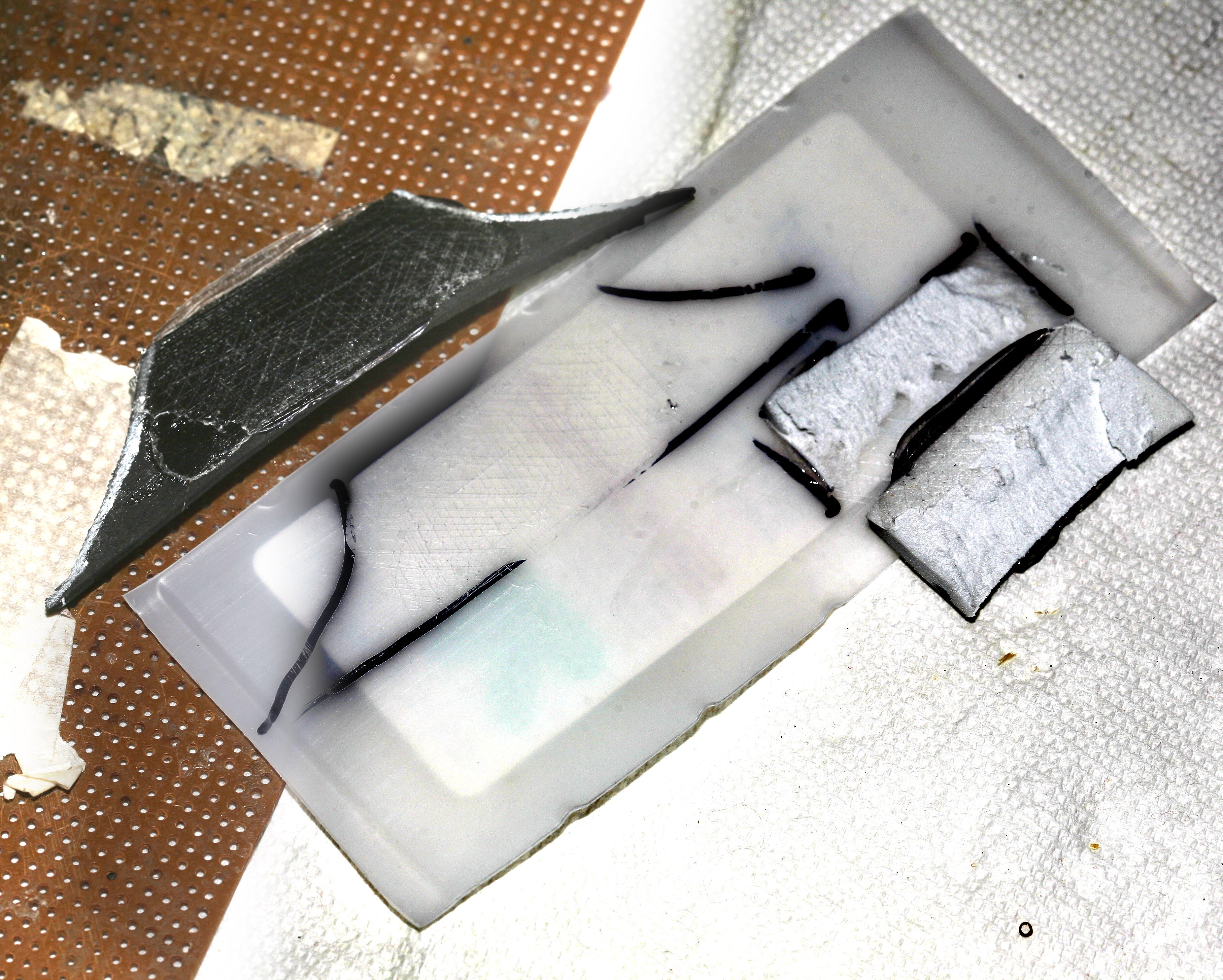The current design has worked well on roads, as long as there are very few rocks. It's pretty bad on trails. Making minimal sandals bearable on trails has long been an impossible dream because they would have to be heavier & this would make the toe plugs more painful & cause more chafing from the string.
As long as the weather wasn't humid & the strings weren't too tight, lions have gone 25 miles without any chafing from the latest toe plugs & strings, without any tape, but they do result in scabbing where the toe plug enters the foam. A trail sandal needs to have straps instead of strings to distribute the increased weight & handle sideways forces. The lion kingdom believes suede straps might do the job, but these require a quick fastener for straps instead of cords. Velcro has proven very short lived in sweaty environments.
https://www.amazon.com/10-Inch-Lever-Plastic-Buckles/dp/B00GS9L5U6/
Levered buckles are intriguing but bulky. It may be the good old fashioned
https://www.amazon.com/Plastic-Tension-Triglide-Backpack-Suitcase/dp/B07797M878/
backpack tension lock is the best solution. Unlike a backpack, they wouldn't require taking the sandals off or odd contortions to adjust.
For rock resistance, a combination of thicker soles & a hard inner plastic sheet might work.
As much as stock materials have become unavailable anywhere outside China, there's still a place selling 4mm & 6mm vibram sheets to crazy guys who build shoes outside China.
https://www.leathercaresupply.com/collections/soling-sheets/products/vibram-7175-cherry-soling-sheet-shoe-boot-sole-repair-4mm-6mm-35-x-11-black?variant=49408936213
The trick is adhering the inner plastic to the system. The adhesive is permanent & thicker soles are expensive, so it would be a lot more expensive than designing the road sandals.
Digging up the 4mm soles from 1 year ago revived the memory of those early days. Many months were spent building the early sandals.

The polypropylene bonded slightly to foam but not at all to rubber.
1mm acrylic was cheap but immediately shattered when cut. It would never do.
The ideal plastic would be laminated in rubber like most modern gadgets. That's done by having holes in the plastic for the rubber to pour into.
Rather than find a material porous enough to adhere, the leading theory is having a foam layer, polypropylene, foam, & sole, with the sole adhered to foam as it is now. The 2 foams would have to be held together with string separate from the straps going to the paw. It may be a 6mm sole with no rock plate is good enough.
The straps would have to be glued to the bottom foam, via the outside rather than via holes. The trail sandal also needs a suede cover on top of the foam to increase grip when it's wet. If everything is glued, it's real expensive to try again. Perhaps, test articles can have string fasteners around the outside.
 lion mclionhead
lion mclionhead
Discussions
Become a Hackaday.io Member
Create an account to leave a comment. Already have an account? Log In.